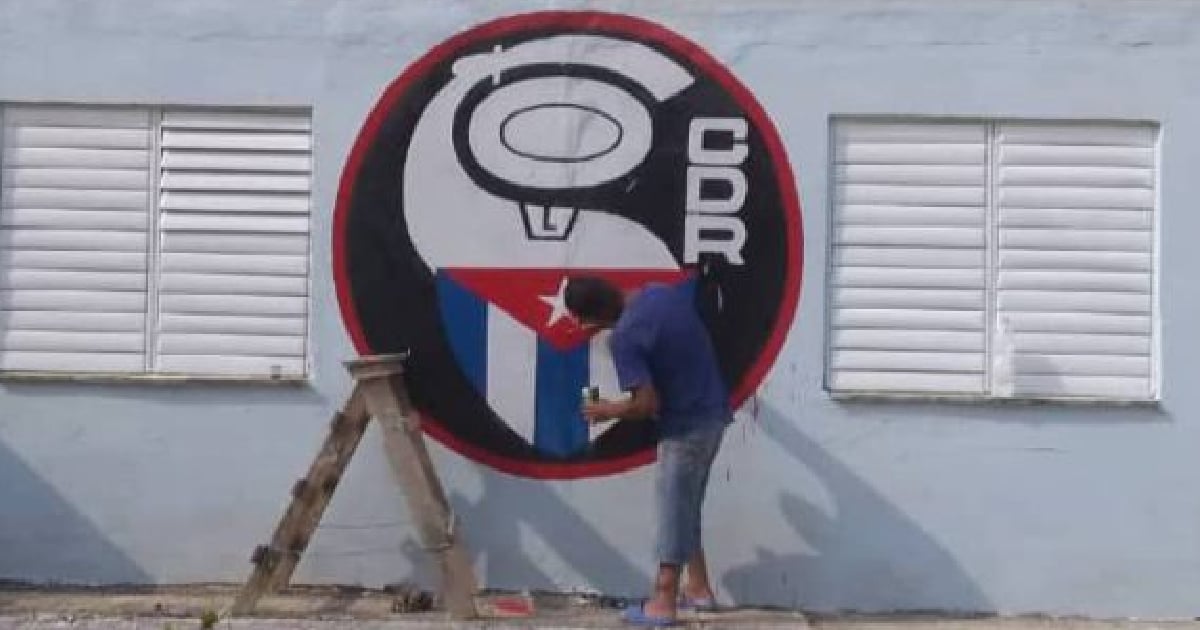Former Cuban spy Gerardo Hernández Nordelo, who now serves as the national coordinator for the Committees for the Defense of the Revolution (CDR), has stated that this organization is not solely comprised of elderly individuals, despite many of its current leaders being retirees. “We are fighting the stereotype that the CDR is an organization of old people,” Hernández said in an interview with the state-run website Cubadebate.
As the CDR celebrates its 64th anniversary, an organization created by the late dictator Fidel Castro, Hernández noted that most leaders are older because of the organization's history and the lack of active participation from younger generations. He explained that young people often have busy schedules with studies and work responsibilities. “When asked who has time, it is usually the retired elderly who are at home,” he said, omitting the true reasons such as the mass exodus of Cuban youth and their disinterest in the regime’s activities.
Hernández emphasized the need to attract younger generations to the CDR. “We want to draw on the initiatives and drive of young people. It is crucial they understand they can be part of the solution to many issues in their communities,” he said. He highlighted that young people possess creative minds that can help bring neighbors together and improve community life.
Engaging Young People in CDR Activities
To encourage youth participation, Hernández mentioned the creation of the role of “network activist,” aimed at increasing the visibility of CDR activities on digital platforms. “We have opened WhatsApp groups to organize activities in different areas,” he added. Although he acknowledged that CDR operations vary across the country, with roughly 38,000 committees, some have managed to revitalize their activities thanks to motivated young members.
Moreover, Hernández pointed out that many young people are passionate about issues like environmental protection and animal welfare and could join as activists in their communities. “We have cases where CDRs were inactive, and a young person motivated neighbors to resume activities,” he noted.
The Harsh Reality of the CDR
However, the reality is starkly different. Sixty-four years later, many Cubans view the “committees” as breeding grounds for neighborhood informers, tools of the Castro regime’s vampirism that suck the life and soul out of citizens, turning every neighbor into a watchdog. Their continued existence is due to the oversized power of the regime’s repressive machinery.
Who still stands guard today? What parents enroll their children in the organization at 16? What Patrol Click, what Red Sunday, what meeting, what celebration? Nobody cares anymore, and Hernández Nordelo is well aware of this, yet he insists they are making progress with programs for collecting “raw materials” and “blood donations.”
In fact, their activities are laughable. Imagine that amid Cuba's severe crisis, the regime announced the sale of a food module for nearly 1,000 pesos in Guantánamo for the traditional CDR stew on September 28.
The political institutions and organizations of the Cuban regime continue to exhibit absurd acts filled with clichés and ineffective propaganda, such as the recent INDER tribute to the CDRs with a symbolic stew, as hollow as the gesture itself. The stew, once a symbol of neighborhood celebration in Cuba, has now become a bitter representation of the misery and scarcity that define daily life on the island.
